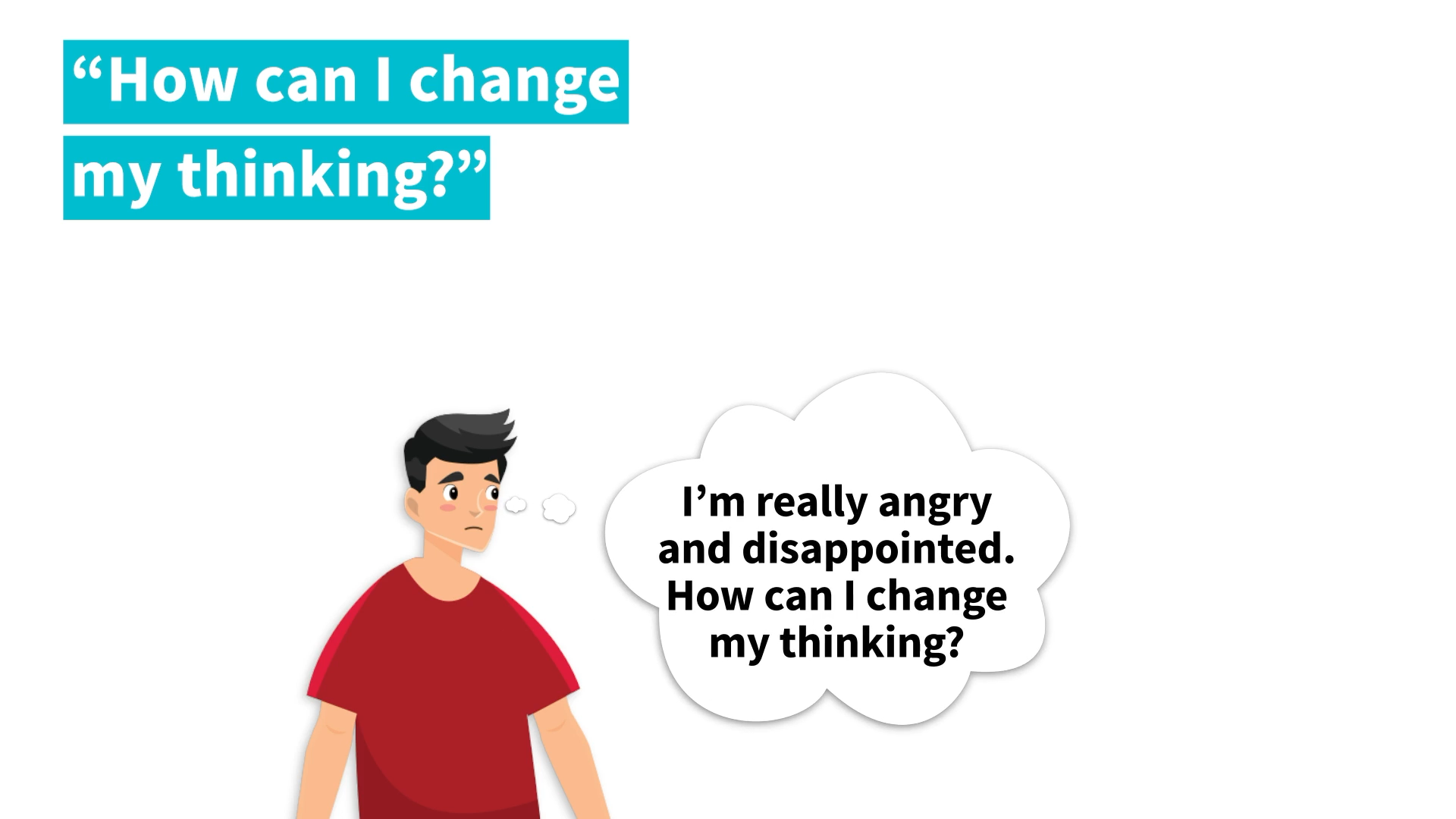
Big, negative feelings like anger, frustration, or sadness can fill our whole brain and take over quickly, until these feelings are all we can think about. These big emotions keep us from making good decisions and having thoughts that would give us better options. We can learn to control our feelings by Changing the Channel on a big emotion and not letting it take over. Changing the Channel on an emotion means you’re able to think about something else. It allows you to control your thoughts, and doesn’t let your thoughts control you.
Introduction
Helping students in Special Education learn to Change the Channel on big emotions is an essential skill to foster healthy decision-making and relationships. This blog post will provide an easy no-prep activity, discussion questions, related skills, and next steps to incorporate this valuable skill into your teaching practice.
No-Prep Activity: The Channel Changer Game
In this simple activity, students will practice Changing the Channel on their emotions and thoughts. Here’s how to play:
- Have students sit in a circle.
- Explain that you will call out an emotion (e.g., anger, sadness, frustration) and they should act out the emotion using facial expressions and body language.
- After a few seconds, call out “Change the Channel!” and give them a new emotion to act out. Encourage them to switch quickly and fully embrace the new emotion.
- Repeat this process several times, using different emotions.
- After the activity, discuss with students how they were able to switch emotions and the strategies they used to change their feelings.
This activity helps students practice the skill of Changing the Channel on their emotions, allowing them to better control their thoughts and feelings in real-life situations.
Discussion Questions
- What did it feel like to change your emotions quickly during the activity? Was it challenging or easy?
- What strategies did you use to change your emotions? Can you apply these strategies in real-life situations?
- Why is it important to learn how to Change the Channel on big emotions? How can this skill help you in school, at home, or with friends?
- Can you think of a time when you successfully Changed the Channel on a big emotion? How did it help you?
- What are some situations where Changing the Channel might be difficult? How can you overcome these challenges?
Related Skills
Changing the Channel on big emotions is just one aspect of Social-Emotional Learning. Other related skills include:
- Self-awareness: Recognizing and understanding one’s own emotions and thoughts.
- Self-management: Regulating one’s emotions, thoughts, and behaviors in different situations.
- Social awareness: Understanding and empathizing with others’ emotions and perspectives.
- Relationship skills: Establishing and maintaining healthy relationships with others.
- Responsible decision-making: Making choices that are good for oneself and others.
Next Steps
Now that you have an introduction to the concept of Changing the Channel on big emotions and a no-prep activity to practice this skill with your students, it’s time to explore more resources. To access free samples of materials related to Changing the Channel and other Social-Emotional Learning skills, sign up at Everyday Speech’s Sample Materials. These resources will help you further support your students in Special Education, empowering them to become more resilient and successful in all aspects of life.





